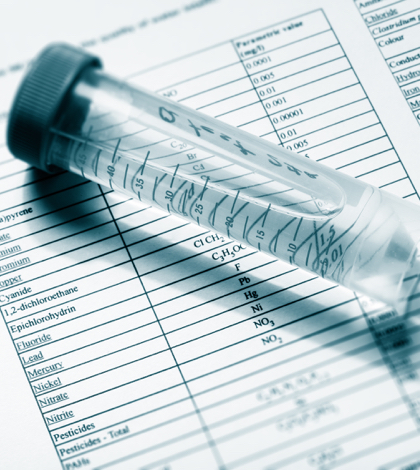The California State Water Resources Control Board announced earlier this week that K-12 schools in the state can receive free testing for lead under a new initiative. Under the new initiative community water systems are now required to test school drinking water upon request by a school’s officials.
“While the presence of lead in California’s water infrastructure is minimal compared to other parts of the country, additional testing can help ensure we are continuing to protect our most vulnerable populations,” said Darrin Polhemus, deputy director of the State Water Board’s Division of Drinking Water.
Under the new requirement, testing is voluntary for schools. California has some 9,000 K-12 schools, most of which are served by more than 3,000 community water agencies throughout the state. Although community water systems regularly and extensively test their drinking water for lead, the metallic element could get into clean water at a school campus if corroded pipes or old fixtures are present at the school. Because California generally has newer infrastructure and buildings than other parts of the county, and less corrosive water, the presence of lead in drinking water is less common.
However, national events have highlighted the importance of ongoing water quality monitoring. In response to these national occurrences Governor Edmund G. Brown Jr. directed the State Water Board in 2015 to incorporate schools into the regular water quality testing that community water systems conduct at customer’s taps. The one-time program extends until Nov. 1, 2019.
Under the new initiative if a school makes a written request, the community water systems must collect the samples within three months of the request and report the results back to the school within two business days. Sampling locations can include drinking fountains, cafeteria and food preparation areas, and reusable water bottle filling stations.
The community water systems are responsible for the costs associated with collecting drinking water samples, analyzing them and reporting results through the new program. In addition, the State Water Board’s Division of Financial Assistance will have some funding available to assist with addressing lead found in tests, with a particular focus on schools in disadvantaged communities. Existing federal and state programs provide guidance to help schools determine if a lead problem exists and how to remedy the contamination.
The U.S. Environmental Protection Agency already requires public water systems to test for lead at customers’ taps, targeting the highest risk homes based on the age of their plumbing under the federal Lead and Copper Rule. The State Water Board consulted with water systems and schools in developing the new initiative and its requirements. Many schools have previously implemented water lead testing programs.
Currently, California’s compliance rate with the Lead and Copper Rule is among the highest in the country, but the rule does not require testing for schools and/or businesses. The Board’s new requirement ensures schools that want lead testing can receive it for free. For more information on the lead sampling for schools’ program, see the State Water Board’s frequently asked questions section of the lead sampling website at: http://www.waterboards.ca.gov/drinking_water/certlic/drinkingwater/leadsamplinginschools.shtml.
 California Water News Daily Your Source For Water News in California
California Water News Daily Your Source For Water News in California


